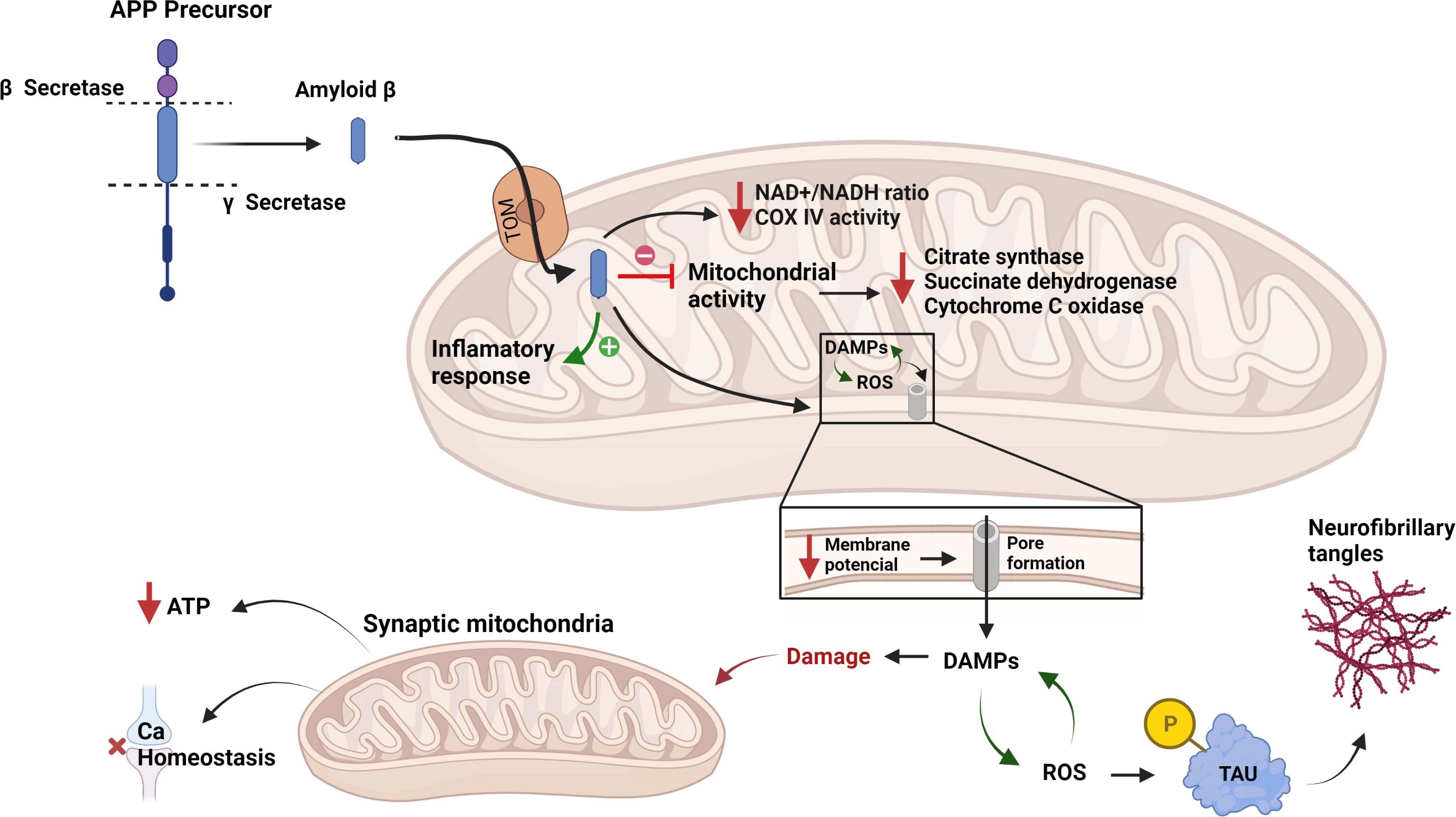The Lancet Gastroenterology & Hepatology, Volume 7, Issue 8, 2022, Pages 724-735
The Lancet Planetary Health, Volume 6, May 2022
eClinicalMedicine, Volume 47, May 2022
The Lancet Global Health, Volume 10, May 2022
Journal of Responsible Technology,
Volume 10,
2022,
100032
Mitochondrion, Volume 64, May 2022
Alzheimer's disease (AD) is a leading neurodegenerative pathology associated with aging worldwide. It is estimated that AD prevalence will increase from 5.8 million people today to 13.8 million by 2050 in the United States alone. AD effects in the brain are well known; however, there is still a lack of knowledge about the cellular mechanisms behind the origin of AD. It is known that AD induces cellular stress affecting the energy metabolism in brain cells.
Energy and AI, Volume 8, May 2022


